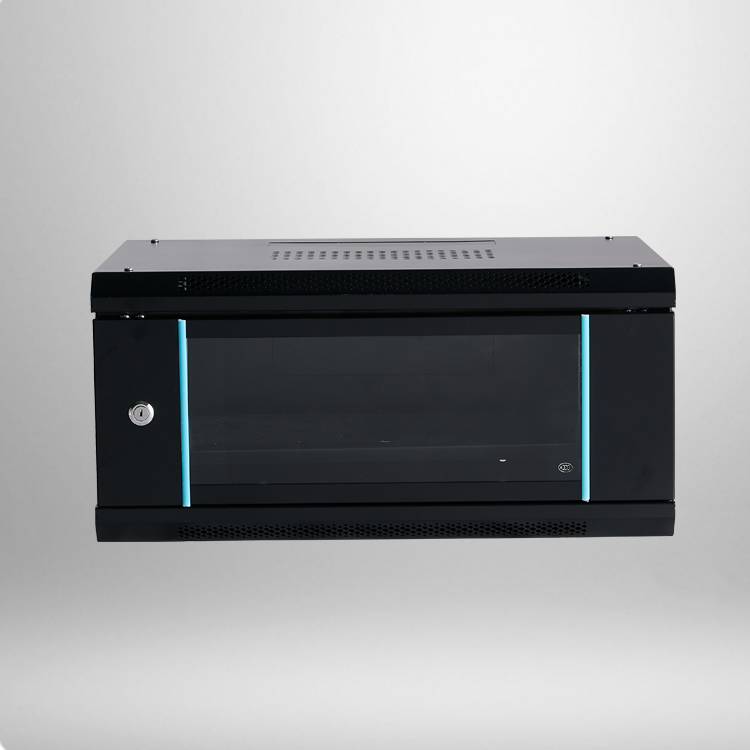
With the relevant dimensions of the network cabinet, check the appearance of the equipment to ensure it matches the selected bracket. A sturdy cabinet can bear a weight of up to 450 pounds, so check the tools used to take out the equipment, such as lifting doors or carts. A good cabinet is equipped with wheels underneath, so you only need to install the equipment that needs to be installed and then push the cabinet to the appropriate location.
Measure the size of the room and the height of the ceiling, doors, and elevator through which the cabinets pass. Furthermore, considering the multiple types of equipment in the network cabinet, ensure that the cabinet is placed close to the power supply, network cable sockets, and communication sockets.
Check the angle at which the cabinet door opens when opening and closing the cabinet. The standard cabinet door is opened on the right and the door shaft is on the left, but the opposite situation cannot be ruled out. All doors and side panels should be easy to open for maintenance purposes.
When you want to install equipment cabinets into an existing cabinet group, you can arrange the cabinets side by side in a row, which is safe and tidy. Some cabinet groups cannot be added due to various reasons, or only a few attachments can be added. The best cabinet group model should have sufficient scalability and include all necessary hardware. The cabinet side panels can be removed and connected to each other with screws, forming a row.


